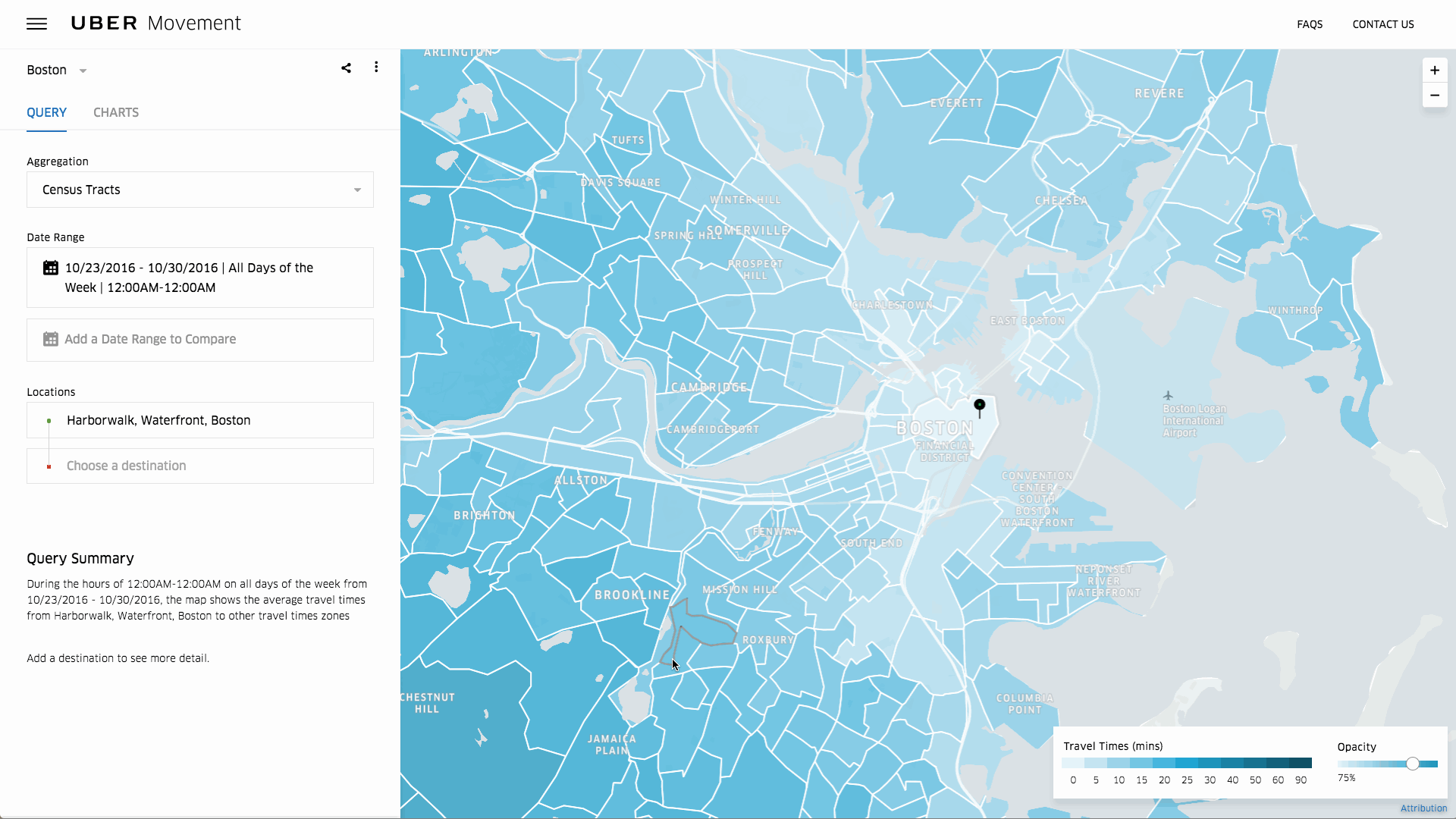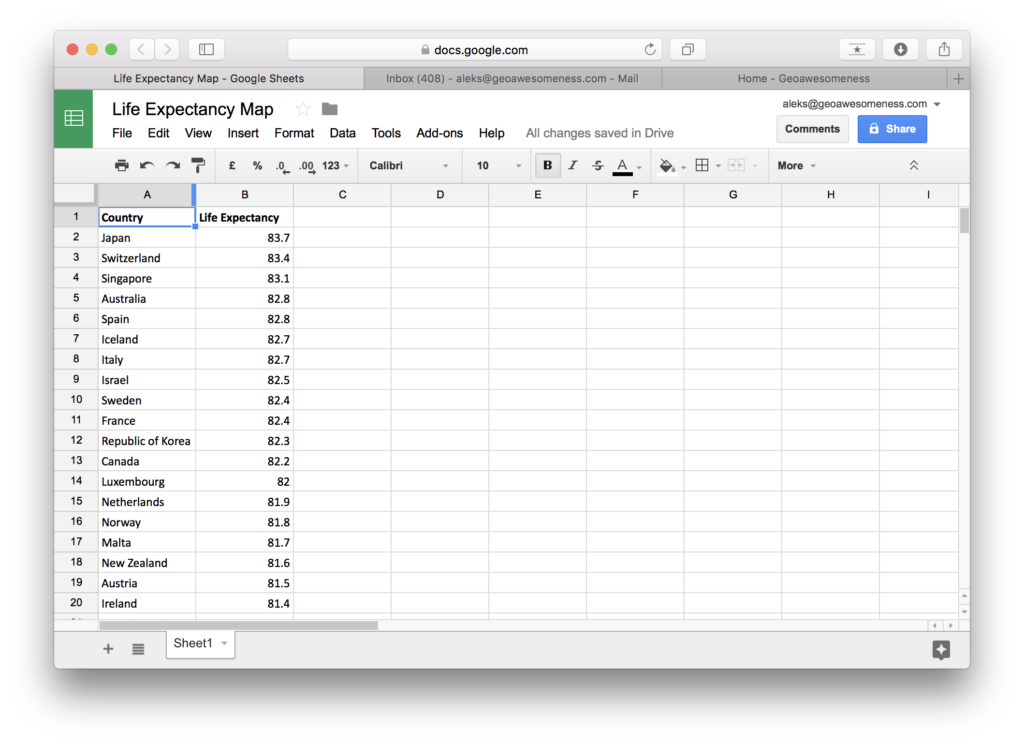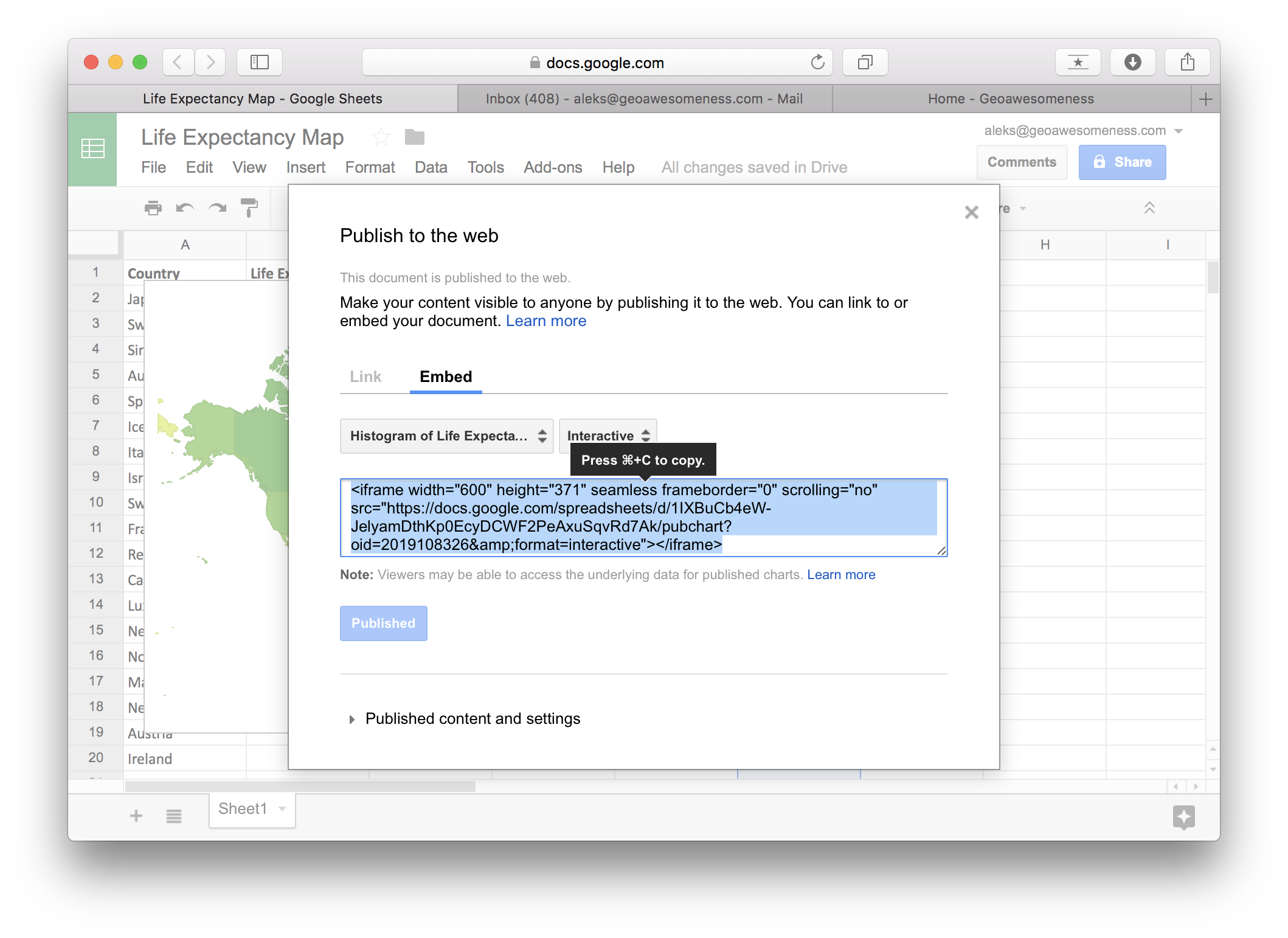
Uber launched a new service that could help cities master their traffic
Traffic and transportation planning is a tricky business. Local governments have been struggling for years to make good, data-driven decisions to transform cities into more livable places… And many times they failed primarily due to lack of data and means to use it.
In the era of the Internet of Things the lack of data shouldn’t be a problem anymore. Companies like Google, Uber, TomTom, Here, Apple or Inrix have real-time data about traffic flows for hundreds of cities. The challenge is however how to transform this data into applicable knowledge that will improve urban mobility. This is were Uber decided to look deeply into its location-based Big Data and came up with a project called Movement, that is supposed to help cities better understand their traffic patterns.
The Movement website gives you access to information based on analysis of billions of rides that Uber has completed in over 450 cities for 6 years so far. Uber says it was looking at all that data and began to realize that it could be used for public benefit. Built by a team of 10 engineers over the past 9 months, Movement now offers traffic patterns and travel time information for Manila, Sydney, and Washington, DC with dozens more cities to come before it launches to the public in mid-February.
The data is anonymized by dividing cities into smaller segments by region and time. If there’s not enough data for a given set of parameters Movement will gray out the region rather than risk exposing individual data. Another benefit, is that the data allows to see, how big events, road closures have an impact on travel time. Awesome!
So why Uber is actually sharing this data? On one hand this will allow Uber to build a better relationship with municipal governments that might be helpful as its business matures and in the future it could potentially bring an additional revenue stream. On the other hand better managed traffic is beneficial for Uber users, drivers and for everyone else, so storing it internal would be a terrible wastage of a great resource. In that sense other companies should learn from the ride-hailing startup.
Great project Uber!
















